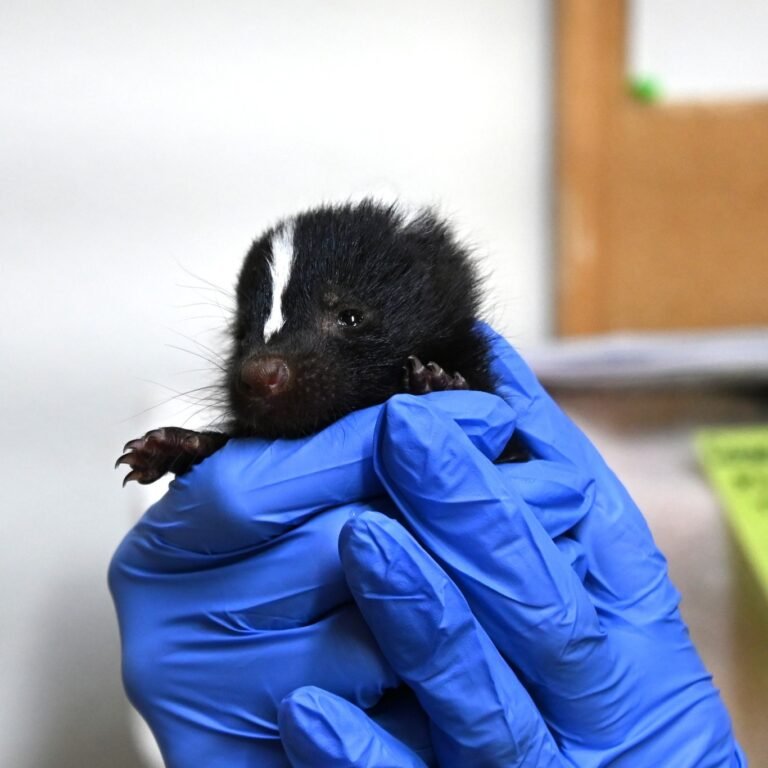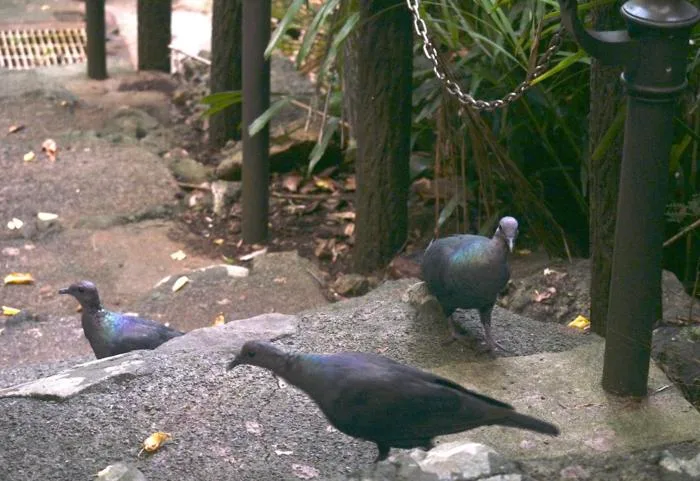Have you ever wondered about the incredible efforts that go into wildlife conservation? The Carolina Wildlife Conservation Center is a shining example of dedication and compassion towards injured and orphaned animals. Located in Iron Station, North Carolina, this remarkable organization not only rehabilitates wildlife but also plays a significant role in educating the community about the essential need for conservation.
Organization Overview
The Carolina Wildlife Conservation Center (CWCC) has made quite an impact since its founding in 2019 by Morgan Rafael. Since then, the center has rehabilitated over 11,000 animals, a testimony to its commitment and expertise in wildlife rescue. What makes their work even more inspiring is the fact that they operate with a focus on both animal care and public education. This dual approach not only helps animals recover but also increases awareness about the importance of wildlife conservation.
A Brief History
The center was established in response to a growing concern over the welfare of local wildlife. Morgan Rafael recognized the urgent need for dedicated facilities that could provide medical care and rehabilitation services to injured animals. In just a few short years, the center has expanded its reach and capabilities, making a significant difference in the lives of countless creatures.
Staff and Volunteers
You might be curious about the team that makes all of this possible. The center employs eight committed individuals, including two veterinarians, who bring a wealth of knowledge and experience to the organization. Their expertise is complemented by the passionate support of thirty volunteers who dedicate their time and energy to helping injured wildlife.
Roles and Responsibilities
The staff and volunteers work collaboratively to ensure the best care for the animals. This dedicated team handles everything from medical treatment to daily care and rehabilitation. Each member plays a crucial role in the center’s mission, whether it’s providing hands-on animal care, cleaning enclosures, or assisting with educational outreach programs.
Animal Care
You might be interested in the day-to-day operations focused on animal care. The CWCC treats around 2,000 injured wild animals each year, providing intensive onsite care and a safe environment for recovery. This includes animals such as raccoons, turtles, and bats, each of which has specific needs that the center works diligently to meet.
Rehabilitation Process
The rehabilitation process at CWCC is comprehensive and tailored to the needs of each species. Animals admitted to the center undergo thorough assessments to determine the extent of their injuries and what kind of treatment they require. This treatment may range from medical attention for wounds to specialized dietary needs.
Rescue Stories
There are countless heartwarming rescue stories that illustrate the dedication of the CWCC team. One such tale is of Auggie, a beaver who received not only medical treatment but also companionship from the staff during the night. This kind of individualized attention exemplifies the center’s commitment to ensuring that each animal is not just treated but cared for holistically.
The Impact of Care
Auggie’s story is just one of many that showcase the emotional and physical support offered by the staff. Each rescue serves as a reminder of the importance of compassion in wildlife rehabilitation. The team’s dedication goes beyond merely providing medical care; it is about nurturing and fostering an environment where each animal can heal and thrive.
Facility Features
The Carolina Wildlife Conservation Center is situated on a sprawling 105 acres of land that provides ample space for rehabilitation efforts. The facility features twenty outdoor enclosures that are specifically designed for various species undergoing rehabilitation. Each enclosure is equipped for the animals’ needs and requires continuous monitoring and care.
Enclosure Design
The design of the enclosures plays a crucial role in the animals’ recovery. The outdoor spaces allow them to experience a natural environment, which is an essential aspect of their rehabilitation. This exposure helps to reduce stress and allows them to engage in natural behaviors as they prepare for reintroduction into the wild.
Public Engagement
While the center is not open to the public for visits, they understand the importance of community engagement. The CWCC utilizes social media platforms to share information about wildlife, discuss the animals in their care, and educate the public on various conservation issues. This approach not only raises awareness but also fosters a deeper appreciation for local wildlife.
Social Media as a Tool
Through their social media channels, you can find stories about the animals, updates on rehabilitation efforts, and educational content about how humans can help protect wildlife. This initiative creates a virtual community of individuals who are passionate about conservation and eager to learn how they can make a difference.
Current Challenges
Unfortunately, wildlife rehabilitation is not without its challenges. The center faces significant issues related to human-related injuries among the animals they rescue. Approximately 63% of the animals brought to the center have suffered from some form of human-inflicted harm.
Understanding the Causes
These injuries can result from various factors, including vehicle collisions, habitat destruction, and even illegal activities such as poaching. Addressing these human-related threats is a critical part of the center’s mission, as preventing such injuries is vital for the long-term survival of wildlife populations.
Funding and Future Goals
The CWCC relies primarily on donations to fund its operations and rehabilitation efforts. These resources are essential for maintaining the facility and enhancing its capabilities to care for wildlife. The center’s future goals include expanding its facilities to accommodate more animals and improving the quality of care provided to each resident.
Enhancements in Development
As part of their expansion efforts, the CWCC is looking into upgrading existing enclosures, adding more specialized recovery areas, and integrating innovative healthcare practices. The aim is to create an environment that not only supports rehabilitation but also prepares animals for successful reintroduction back into their natural habitats.
Educational Outreach
Education is a critical component of the CWCC’s mission. The center plans to implement outreach programs that utilize non-releasable animals to help educate the public about various wildlife conservation issues. For instance, a groundhog that cannot return to the wild may serve as an ambassador, teaching people about the importance of protecting their habitats.
Engaging the Community
Through community engagement, the center hopes to create a more informed public that understands the complexities of wildlife care and conservation. This initiative is designed not just to raise awareness but also to inspire action within the community, demonstrating how individuals can contribute to protecting local wildlife.
Positive Mindset
At the heart of the Carolina Wildlife Conservation Center’s mission is a positive attitude. Morgan Rafael emphasizes the importance of maintaining hope and positive energy despite the challenges faced by the animals in their care. This mindset is crucial for the staff as they navigate the emotional and physical demands of wildlife rehabilitation.
Fostering Resilience
By promoting a positive environment, the center fosters resilience among its team and the animals alike. The dedicated staff believe that with care and compassion, every animal has a fighting chance. This attitude not only benefits the creatures being rehabilitated but also helps the volunteers and staff remain motivated and focused on the center’s mission.
Conclusion
The Carolina Wildlife Conservation Center represents a beacon of hope for injured wildlife and a powerful advocate for conservation. Their tireless efforts to rehabilitate animals, coupled with a commitment to public education, serve as a model for similar organizations and individuals interested in wildlife care.
As you reflect on the importance of wildlife conservation, consider how you might contribute to these efforts, whether it’s through advocacy, education, or simply spreading the word about organizations like CWCC. Each small step you take can lead to a significant impact on the lives of countless animals in need.



